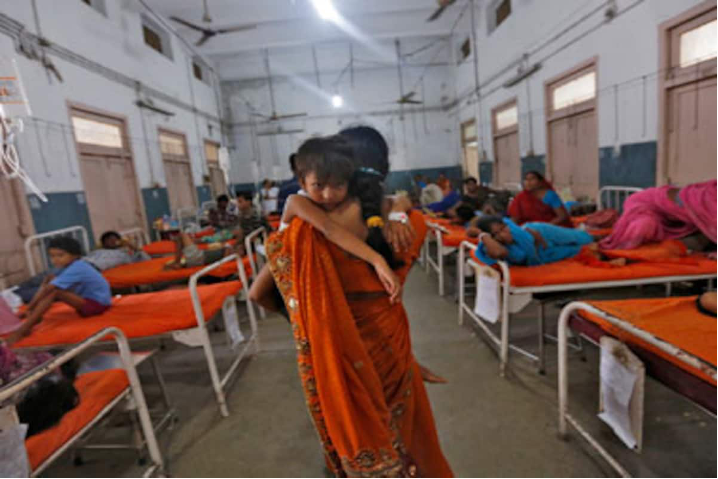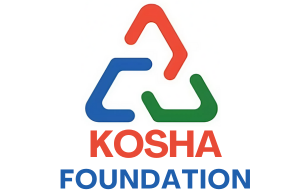Our Story
Every child deserves a healthy start

The six decades of Indian independence have witnessed too many plans, papers and proposals giving top priority to the health issues in India. Unfortunately, despite huge economic growth, health continues to be the greatest predicament. Even the WHO slogans ‘Health for All’, ‘Millennium Development Goals and more recently ‘universal health care have not translated into meaningful action on ground. The accessibility of healthcare as well as utilization of available healthcare facilities, especially in rural areas, continue to be poor in India.
The present health scenario is very toxic, government is working continuously to make it better but the efforts are just not enough as per the scenario 70% of population has no access to specialist care as 80% of specialists live in urban areas. Only 13% of rural population have access to primary health centers, 33% to sub-center and 9.6% to a hospital (NFHS-II). Only 43% od children in India are getting access to vaccination . This situation is needed to be change and we need to work on our health care system. The child mortality rate of India is also very high because of Prematurity & low birth weight (35.9%), Pneumonia (16.9%), Birth asphyxia & birth trauma (9.9%), Other non-communicable diseases (7.9%), Diarrheal diseases (6.7%), Ill defined or cause unknown (4.6%), Congenital anomalies (4.6%), Acute bacterial sepsis and severe infections (4.2%), Injuries (2.1%), Fever of unknown origin (1.7%), and all other remaining causes (5.4%).


We as an organization are very focused to strengthen the heath care of India we have been trying to reach at the backward areas where health care sector is not as strong as urban areas.
We are providing medical equipment’s to the hospitals in rural areas and during covid-19 we did lots of different campaigns which were awareness campaign about covid-19 norms. We distributed mask , hand sanitizers and we also provide vaccination to the locals. Now we are planning to make a bigger change by introducing hospitals facilities in the rural areas where hospitals are not available in the radius of 50-60 km’s.
There are still many places in India where patients have to travel more than 100km’s just for basic treatments, which is un acceptable. A 1993 National Academies report, Access to Healthcare in America, defined across as “the timely use of personal health services to achieve the best possible health outcomes.” A 2014 RUPRI Health Panel report on rural healthcare access summarizes additional definition of access with examples of measures that can be used to determine access. In hospitals also they don’t have proper staff, sufficient beds for the patients which we are trying to change and together we can bring that change.


